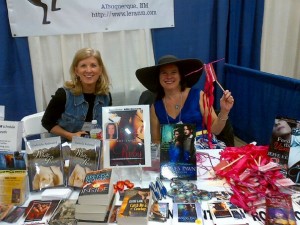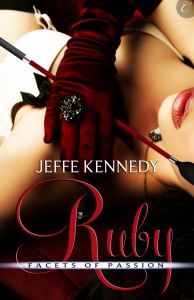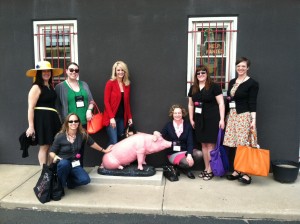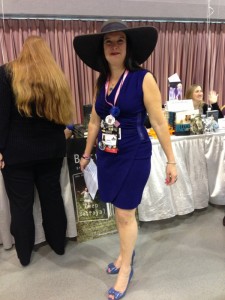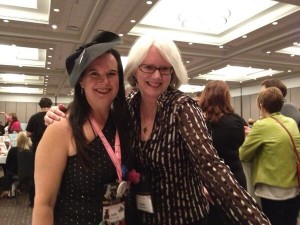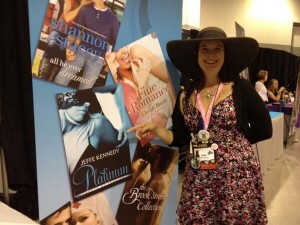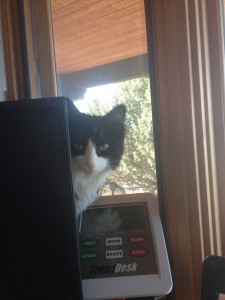 I had a request for a Jackson pic. Apparently photos of ME doing Interesting Writer Things is ever so yawn. No – you all love Jackson.
I had a request for a Jackson pic. Apparently photos of ME doing Interesting Writer Things is ever so yawn. No – you all love Jackson.
I suppose I can’t blame you.
He is full of the charisma and cutie charm.
Release week for Ruby is drawing to a close for me, which feels good. It makes no real sense, but setting a book free into the world can be very draining. I still struggle with understanding this phenomenon. All the real work is done – the drafting, the revising, the developmental edits, the line edits, the copy edits.
On Wednesday, in fact, I got the copy edits for Rogue’s Possession and turned them around in about an hour, they were so minimal. Then my editor sent me the final version, which means the book is officially in the can. I love that feeling – one of the rare moments of total completion on a writing project. It’s now more or less set in stone. You all might be amused, especially knowing me, that the copy editor tagged a sentence in which my intrepid heroine remarks “I could use a good drunk.” The copy editor thought maybe I meant to say “drink.”
Oh no no no.
But isn’t she cute?
She also did a great job, catching an instance of someone “peeing at [my heroine’s] face” instead of peering. Something both my editor and I missed. I should really send her chocolate for saving me from that.
Anyway, by release day, the book has been DONE for months. For example, we finalized Rogue’s Possession on May 15 and it will release on October 7. That’s five months of sitting. It might hit Net Galley for reviewers to read six weeks before that, but still. By release day, even most of my promo stuff is done, because most everyone wants it a week or two in advance at least.
So, really, all my effort is responding to congratulations. This does not sound hard, right?
But somehow it is.
I sometimes imagine a big bubble of myself goes with each book as it launches, like a balloon to carry it through the skies on its journey.
This would be a scarier image if I wasn’t (pretty) sure I replenish that again. Though it occurs to me from time to time that one day I could be this fragile old lady, nothing more than skin over bones and that, with my last book, I’ll send it off and expire while the final piece of myself goes with it.
Is that morbid?
I find it kind of joyful, actually. I should be so lucky to go that way.
At any rate, all this makes me think about the relationship between what is difficult and what has worth to other people. I’m sure many of you are aware of the Author Behaving Badly kerfuffle earlier this week, where a writer posted to a blog lamenting how her painstakingly crafted urban fantasy trilogy that she self-published had not done well and the book she wrote in two months – which she referred to as smut and trash and a sell-out to feed the reader machine – had done astonishingly well.
Yeah – there are so many things wrong with her attitude. If you want to read a really excellent post in response, check out Lauren Dane’s blog post on it.
What I want to respond to is the fallacy where she equates hard work to worth. She refers to the books that took years as art and the one that took two months as trash. Readers embraced the latter, so she questioned their taste and judgement. But I think she’s made a fundamental error in assuming that, just because she worked hard on something, that smart people will know to value it more.
I suspect we develop this idea early in life, from our schools and our families.
“If you work hard, you’ll do well in life.”
“If you study hard for that exam, you’ll pass.”
“If you train hard for the marathon, you’ll make it to the finish line.”
I find myself slipping back into this thinking from time to time, though I’ve repeatedly discovered that it Simply Is Not True. Lots of people work hard and do not do well in life. Other people dance through life and seem to be showered with blessings. You know both kinds of people, right? We also know people who work hard and do well along with people who don’t work hard and don’t do well. Whatever you might believe affects the “doing well” part, it’s not a direct relationship to how hard they work.
I’ve studied my little brains out for exams that I failed and aced ones I blew off. I recall in high school, I took the Advanced Placement (AP) exams for English and Biology on consecutive days, in that order. I prepared for days for the AP English test, certain I could get a good score and thus opt out of Freshman English in college. By the time I finished, I was so tired I barely glanced at my Biology notes. I scored 5’s on both – the highest score.
In grad school, I had a friend who was working on a project with Olympic athletes, studying the phenomenon of over-training. The upshot was, sometimes if you train hard, you’ll perform worse. You might not cross the finish line at all.
Hard work does not equal success.
We might like it to be true, because then we could guarantee success. But it’s not.
There it is.
We simply cannot control the outcome like that. We can’t control what other people find valuable. In the recent housing crisis, over and over I heard people insisting their houses were “worth” X amount of money. No, your house is worth what someone else is willing to pay for it.
Some books write easier than others. I don’t really understand why. Some come out like shooting stars. Others are like pulling teeth every step of the way. Is my experience writing them any indicator of how well they’ll be received?
Nope.
The process just is what it is. Some things that seem like they shouldn’t take much out of me – like days of answering congratulatory tweets and comments about my new release – can be exhausting. Other things, like writing twice as many words in a day as usual, can be invigorating.
It’s a mystery, really.
